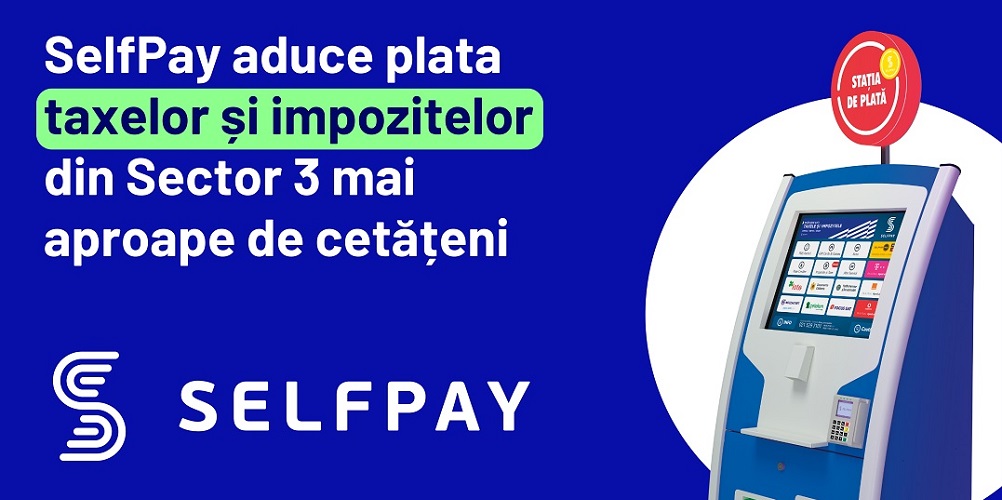Canadian banks, carriers and government back blockchain-based digital IDs

Estonia has long had digital identity cards, Indians use iris scans to authenticate money transfers, and soon Canadians will be able to verify personal information for everything from driver’s licenses to banking using mobile phones and blockchain.
Consumers will be able to sign up for new digital-identity system developed by SecureKey Technologies Inc. and underpinned by IBM Corp.’s blockchain technology in the first half of 2018. They’ll be able to instantly prove who they are to banks, telecom providers and governments using apps on their phones and Windows devices, according to Greg Wolfond, chief executive officer of Toronto-based SecureKey.
The technology puts control of personal information directly in consumers’ hands and uses blockchain, the digital ledger, to privately share details without going through a central system. That avoids creating “honeypots” of data that could tempt hackers, according to Wolfond.
“This is transformational for identity,” Wolfond said in a phone interview. “It makes it easier for me to prove it’s me and harder for the bad guy to masquerade as me.”
Canada’s six-largest lenders, including Toronto-Dominion Bank and Royal Bank of Canada invested C$30 million ($24 million) in the project. The country’s three main wireless carriers – owned by Rogers Communications Inc., Telus Corp. and BCE Inc. – are also involved through their EnStream venture, along with a number of provincial governments.
Here’s how it works:
A consumer applies for a loan on an online lender’s website. The lender will want to verify her identity, credit score, income and financial details held by her main bank – in the past, a time-consuming an often opaque process. With the new network, the lender sends a request to the borrower’s phone asking permission to access the information. Once granted, the lender can instantly verify the information and offer a loan.
Countries around the world are moving to digital IDs. Canada has a competitive advantage in a commercial roll-out because of its concentrated banking system, participation from telecommunications firms and provincial governments, according to Wolfond. The firm is already in discussions on setting up the “Canada model” in other jurisdictions, he said.
Source: Bloomberg
Dariusz Mazurkiewicz – CEO at BLIK Polish Payment Standard
Banking 4.0 – „how was the experience for you”
„To be honest I think that Sinaia, your conference, is much better then Davos.”
Many more interesting quotes in the video below:










